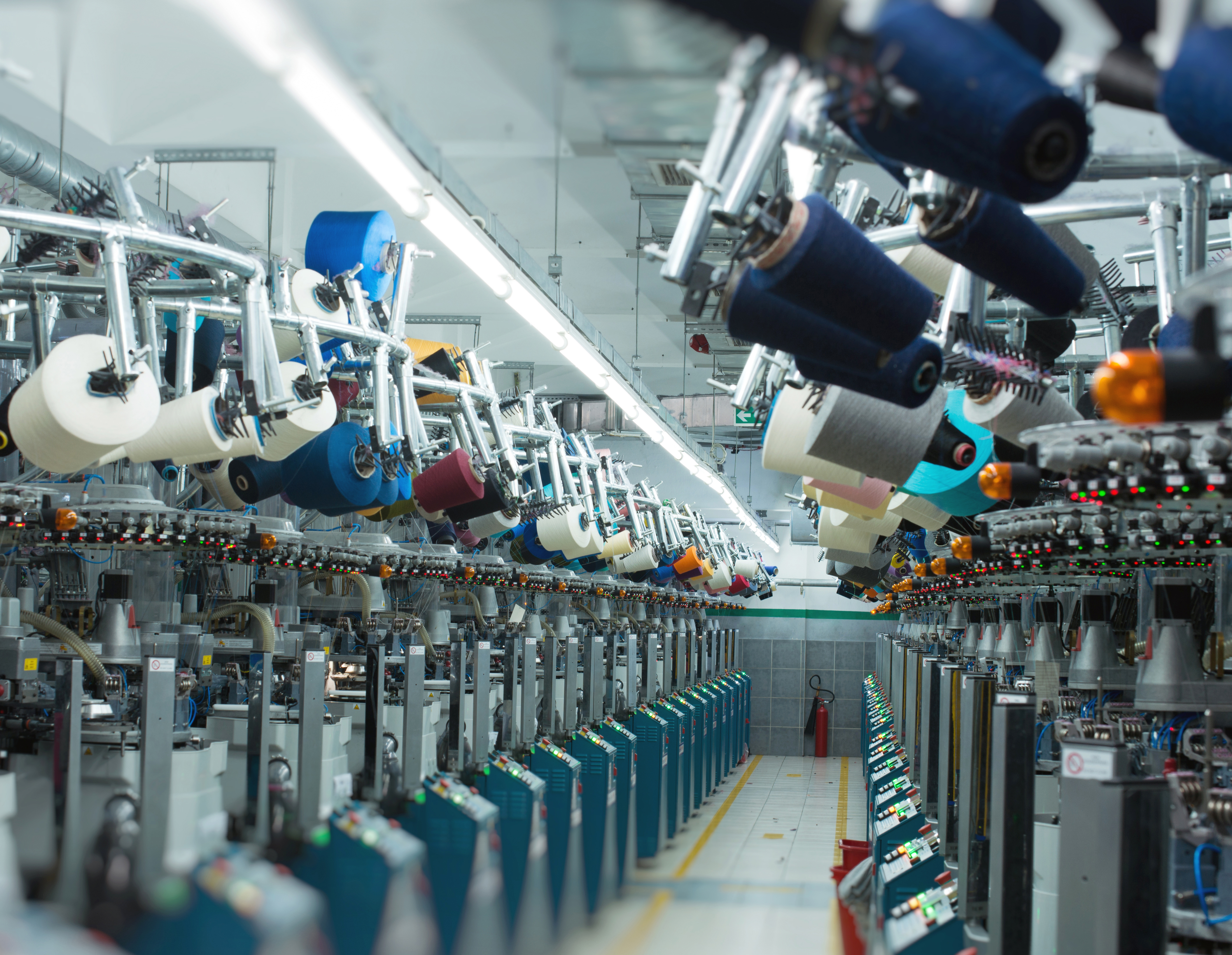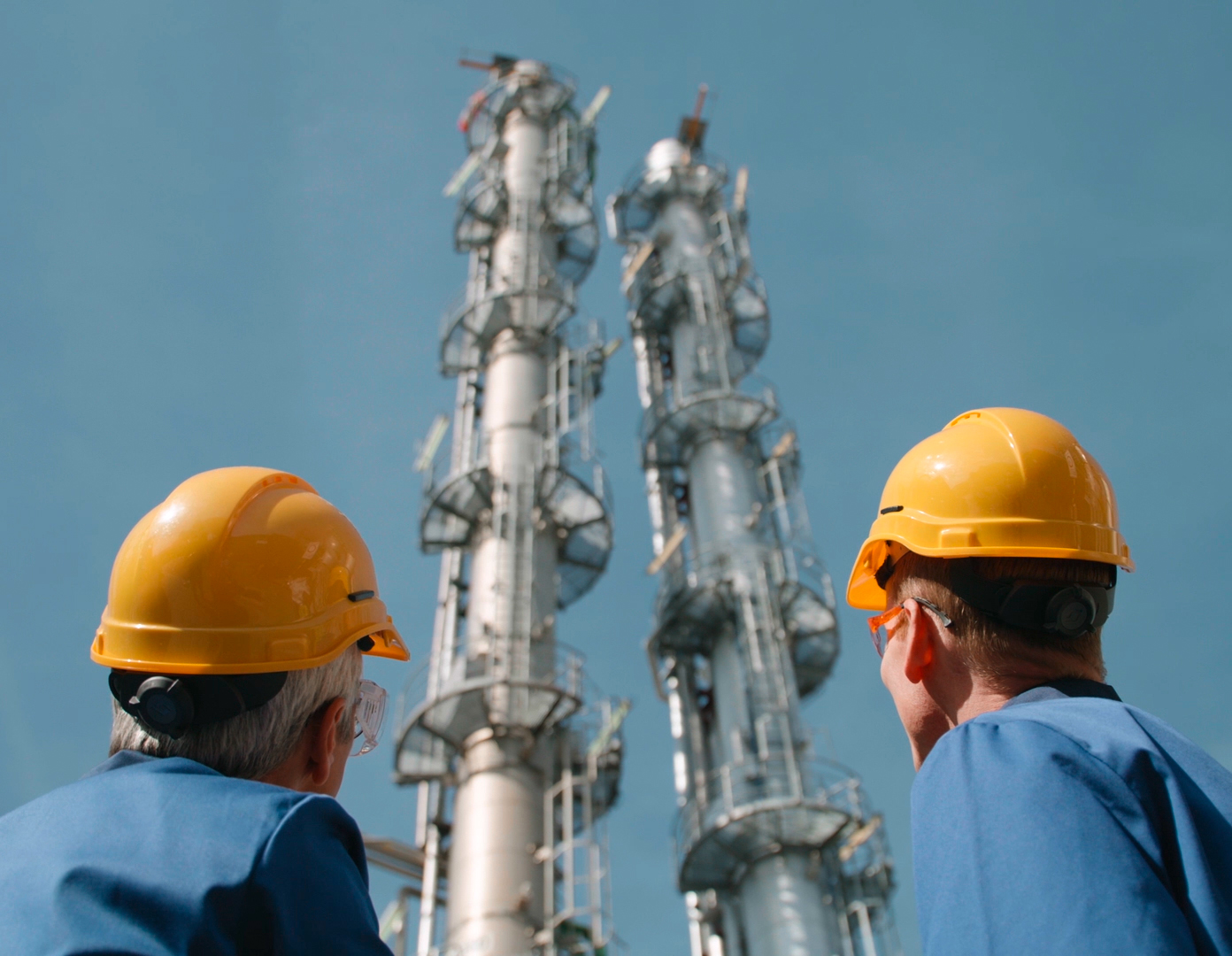The digital transformation of the economy and society is increasingly being driven by the use of Artificial Intelligence. It is now found in everyday applications like route planners and voice assistants, but also in professional applications like industrial quality control, medical diagnostics, and autonomous vehicles. This innovation is mainly driven by Machine Learning techniques; in particular, Deep Learning or neural networks are responsible for significant progress along with the enormous increases in computing power and major investments in know-how.
Machine Learning is now a routine technology, but every algorithm is only as good as the data used to train it. Often, large amounts of data are available in companies that want to leverage ML methods to optimize their processes and products, but rarely is this in a form easily used for Machine Learning. However, problems such as data reliability and robustness are now well understood and are being researched worldwide, including at our institute.


